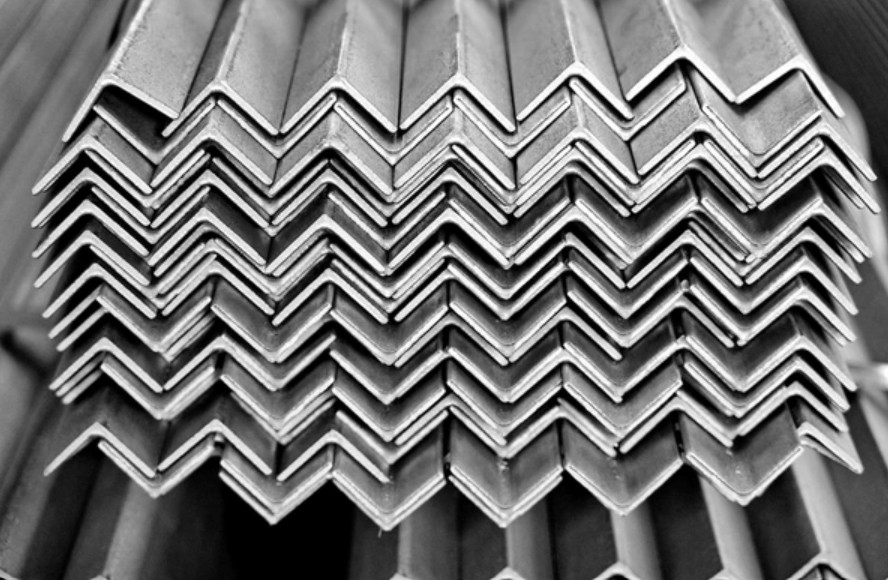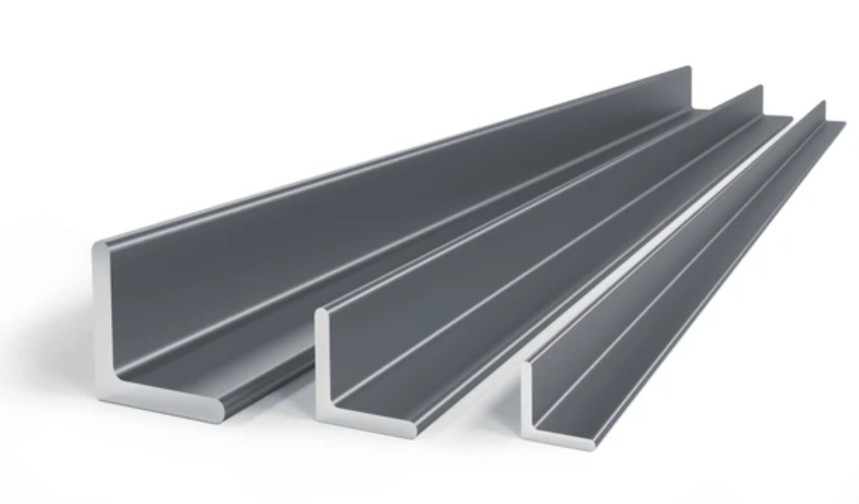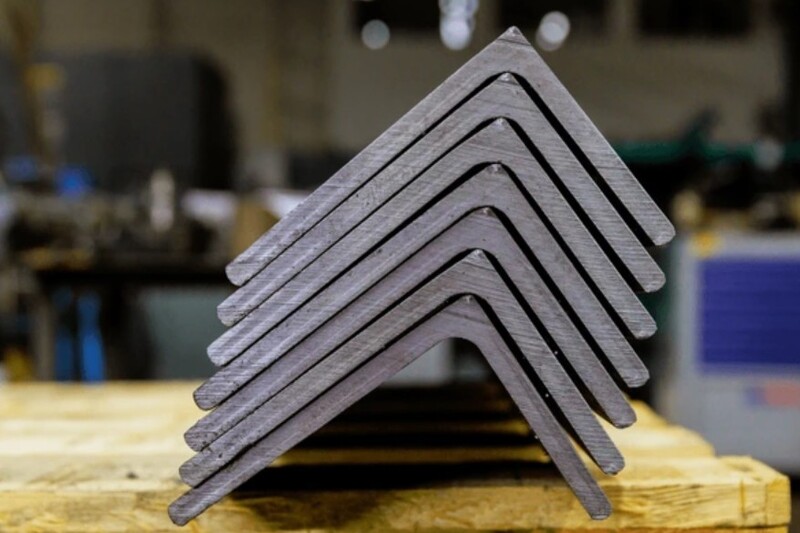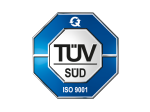Angle Bar: Sizes, Materials & How to Use
In Singapore’s construction and fabrication industry, the angle bar stands out as a reliable and versatile steel profile. Its simple L-shaped design delivers excellent strength and support, making it a preferred choice for frameworks, reinforcements, and custom fabrication projects. From large-scale buildings to smaller structural works, angle bars remain an essential material that balances durability, cost-effectiveness, and adaptability.
What are Angle Bars?
Angle bars, also known as angle iron or L-angles, are steel sections shaped in a 90-degree “L.” This design provides excellent strength and support, making them one of the most widely used components in building, construction, and fabrication projects. Their combination of durability, affordability, and adaptability makes them a core material in many industries across Singapore. Angle bars are also an essential part of Metal Fabrication, where they are cut, welded, and assembled into larger structures.

Materials in Angle Bar
The most common material for angle bars is mild steel, often produced under international standards such as ASTM A36 or JIS SS400.
These grades offer a balance of strength, ductility, and cost-effectiveness, making them suitable for general structural and fabrication work. For environments exposed to moisture or chemicals, stainless steel angle bars (grades 304 and 316) are chosen for their corrosion resistance and clean finish.
Aluminium angle bars are another alternative, preferred when lightweight and non-rusting properties are required. Finishing options such as hot-dip galvanizing (ISO 1461), powder coating, or painting further extend the lifespan of angle bars used in outdoor or industrial applications. Many of these finishing and processing steps are carried out as part of professional Steel Fabrication services.
Common Angle Bar Sizes
Angle bars are supplied in both equal-leg and unequal-leg forms. Equal-leg bars, where both sides of the “L” are the same length, are typically used in frameworks and balanced bracing. Unequal-leg bars, where one side is longer, are ideal when additional strength is required in one direction.
In Singapore, standard sizes typically range from 20 mm × 20 mm × 3 mm up to 200 mm × 200 mm × 20 mm, with lengths of 6 m or 12 m.
Weight per metre depends on thickness, with a 50 × 50 × 5 mm section weighing around 3.8 kg/m, while a 100 × 100 × 10 mm section weighs about 15 kg/m. Angle bars can also be cut or processed through Sheet Metal Fabrication to meet custom length and design requirements.

Factors to Consider When Choosing Angle Bar Sizes
Choosing the correct angle bar requires more than selecting dimensions from a chart. Several key factors influence the decision:
- Load requirements: The expected weight and stresses determine leg size and thickness.
- Environment: Indoor projects may use untreated steel, while outdoor and coastal applications require galvanized or stainless steel for long-term durability.
- Connection method: Welding, bolting, or drilling may require different thicknesses and clearances.
- Compliance: Grades such as A36, SS400, or EN S275/S355 are widely accepted for building and industrial use in Singapore, provided mill certificates and documentation are available.
- Availability: Commonly stocked sizes reduce lead time and cost, while special sizes may need to be fabricated or imported.
Where Angle Bars Are Commonly Used
Angle bars are a foundation material across industries. In construction, they reinforce frames, staircases, lintels, and support beams.
In industrial fabrication, they form machinery bases, guards, and structural brackets.
Marine and outdoor projects rely on galvanized or stainless angle bars for corrosion resistance.
Even in smaller projects such as furniture, shelving, or decorative structures, angle bars offer stability and strength at a manageable cost.
Many of these applications are handled by The Monster Builder, where our fabrication services transform raw steel into durable and reliable solutions.
FAQs About Angle Bars
- What is the difference between equal and unequal angle bars?
Equal angle bars have legs of the same length, offering balanced support and symmetry for general frameworks. Unequal angle bars have one leg longer than the other, making them suitable when extra strength is needed in one direction, such as stair stringers or uneven bracing.
- Which material grade is commonly used for angle bars in Singapore?
Mild steel angle bars in grades ASTM A36 and JIS SS400 are the most common. They are widely accepted for structural and fabrication work. For projects requiring higher performance, grades like EN S275 and S355 are also used.
- What are standard angle bar sizes available in Singapore?
Standard sizes range from 20 × 20 × 3 mm up to 200 × 200 × 20 mm, typically supplied in 6 m or 12 m lengths. Both equal and unequal legs are stocked, with thicknesses from 3 mm to 20 mm.
- Do I need galvanized or stainless steel angle bars?
It depends on the environment. For indoor projects, untreated mild steel is often sufficient. For outdoor, coastal, or high-humidity conditions, hot-dip galvanized (ISO 1461) or stainless steel (304/316) angle bars are recommended to prevent rust.
- Can angle bars be cut to specific lengths?
Yes. Angle bars are usually stocked in standard lengths, but they can be cut, drilled, or fabricated to suit project requirements. This helps reduce waste and ensures faster installation.



